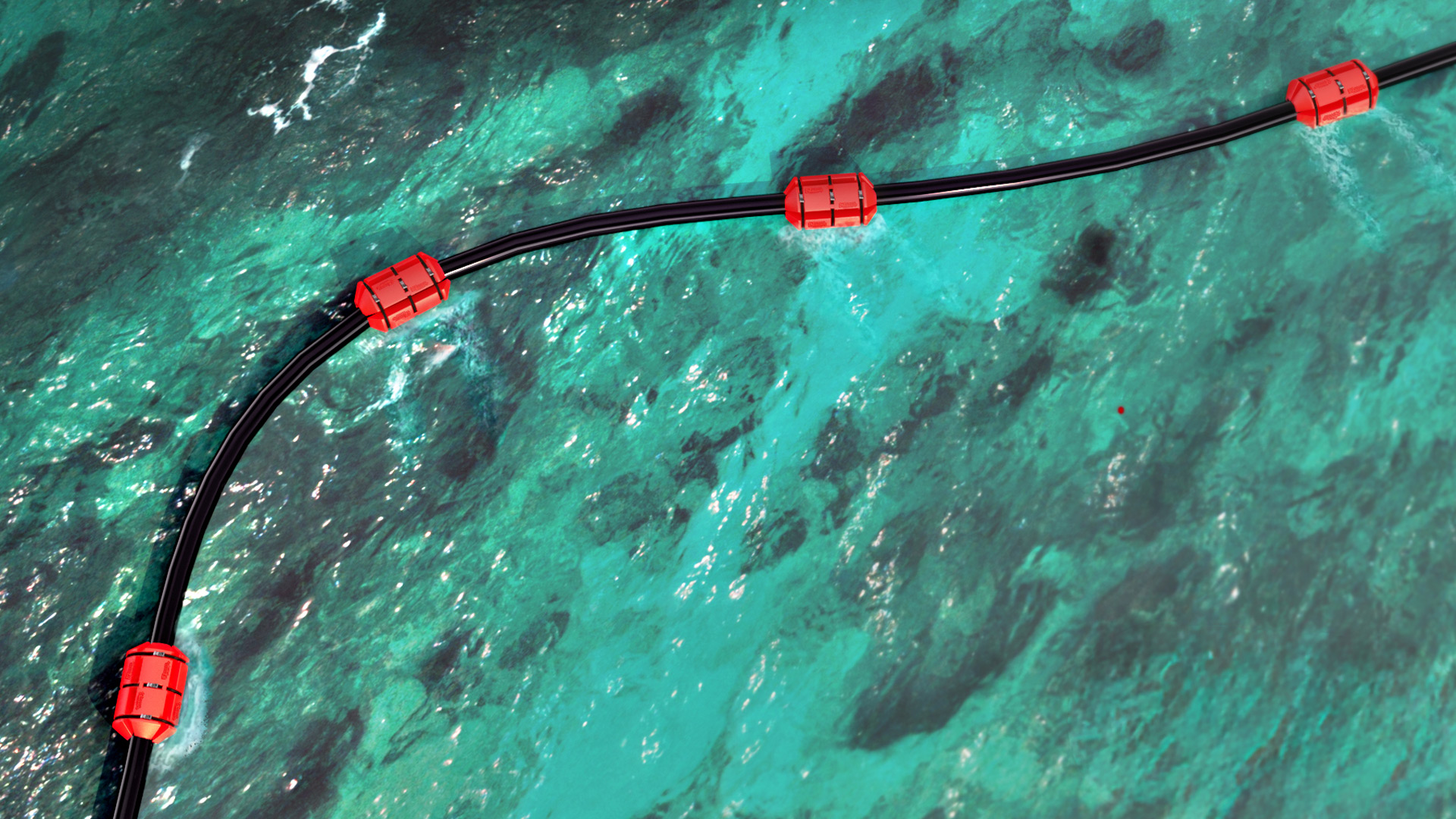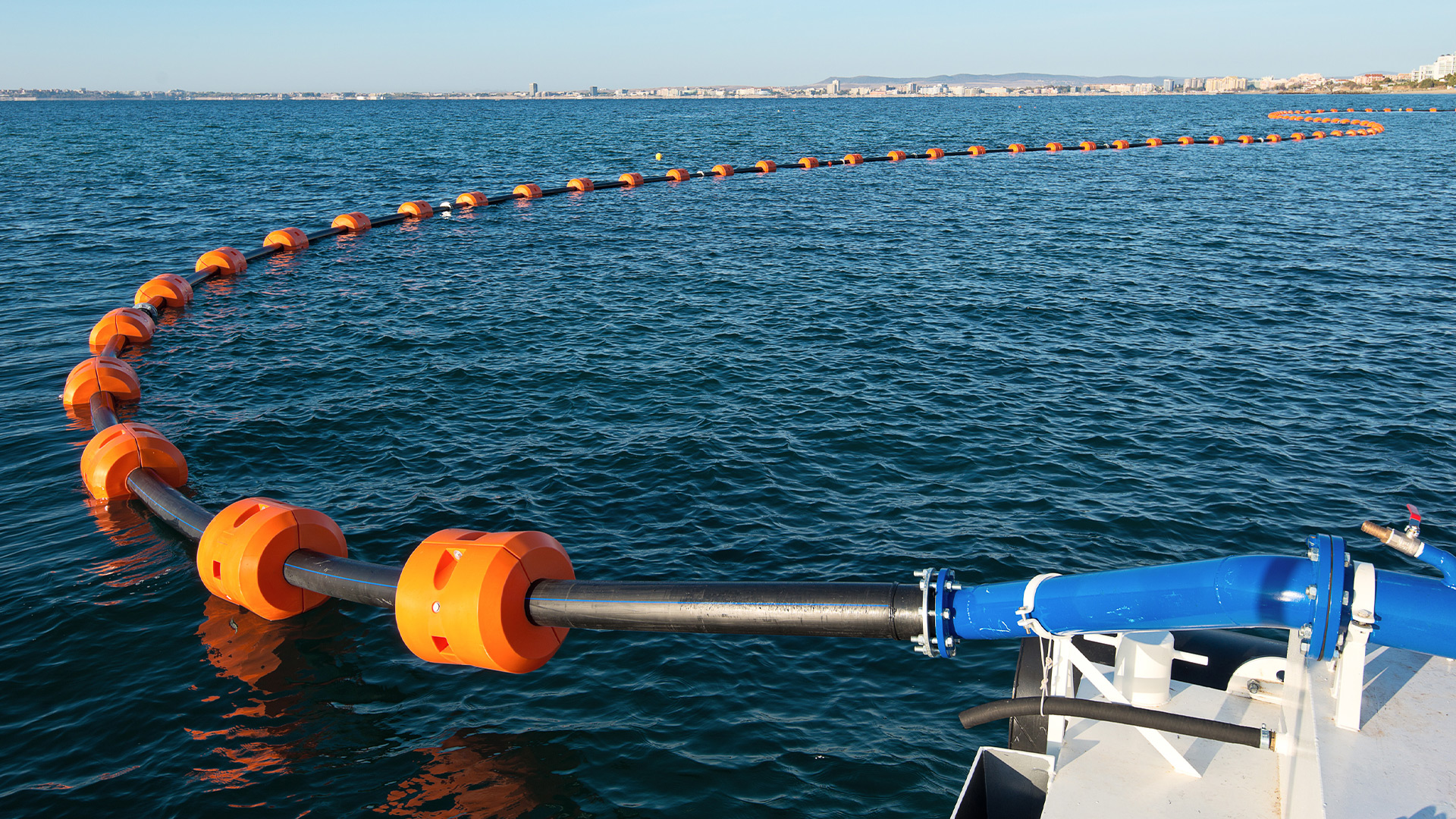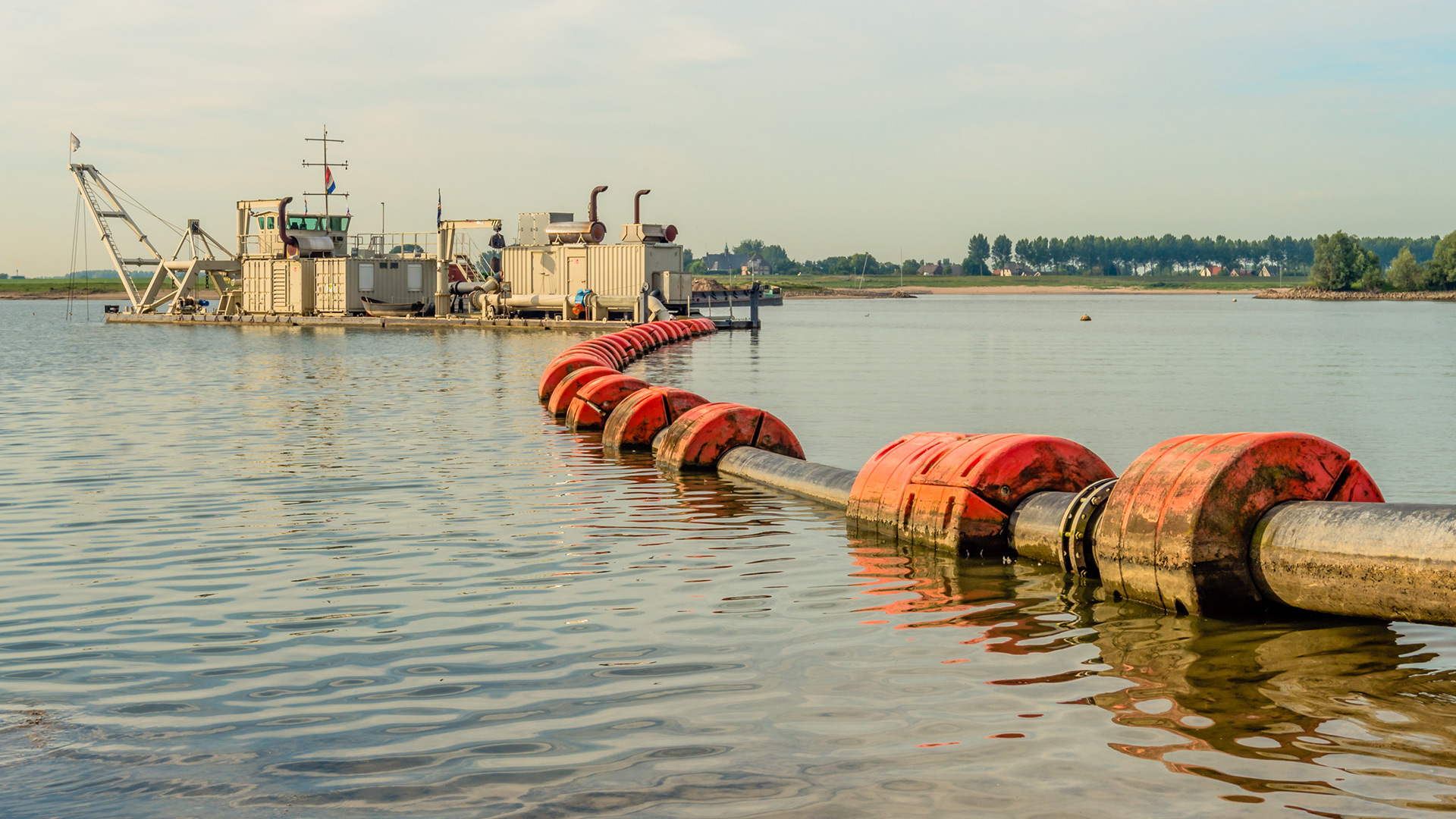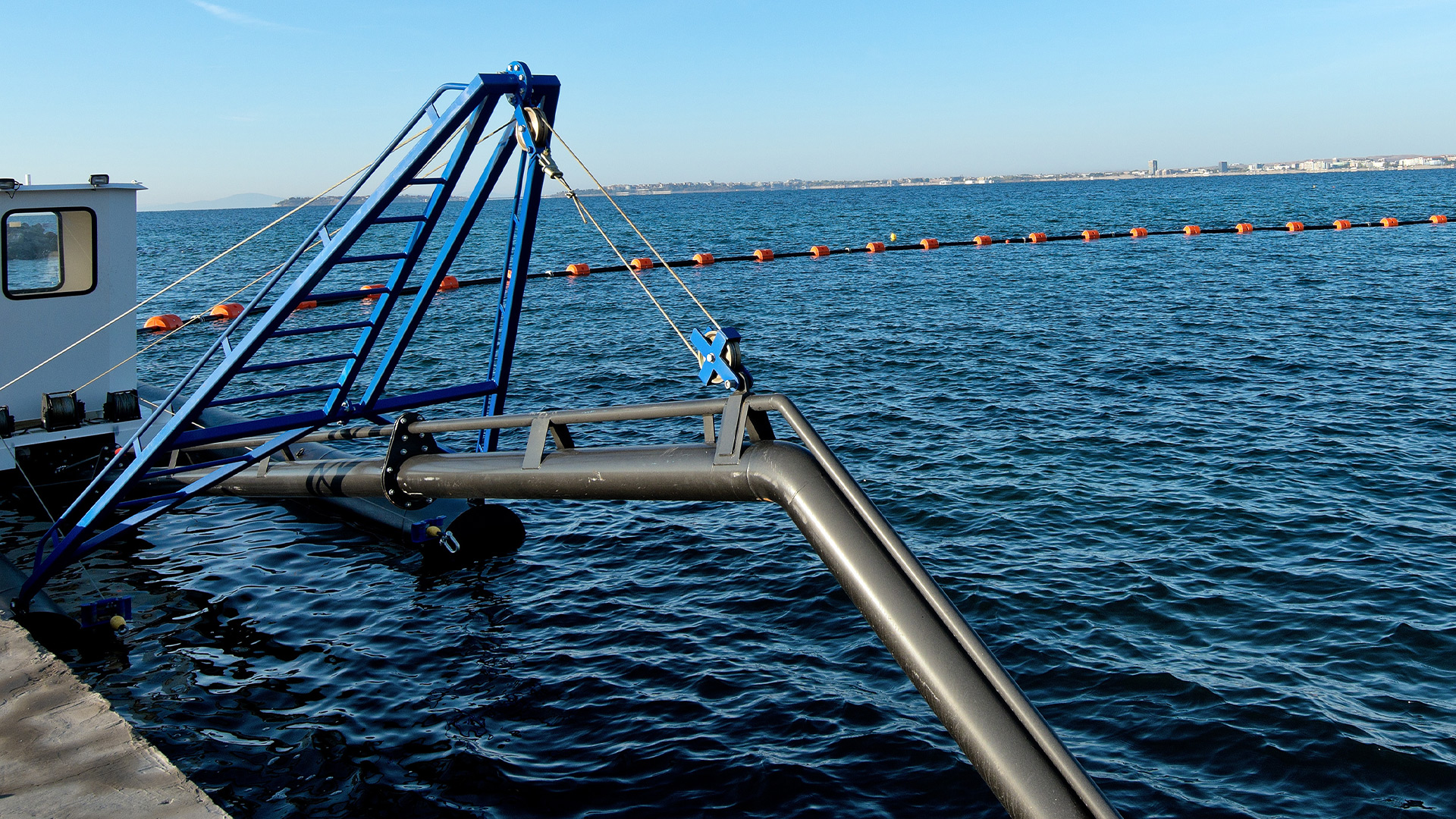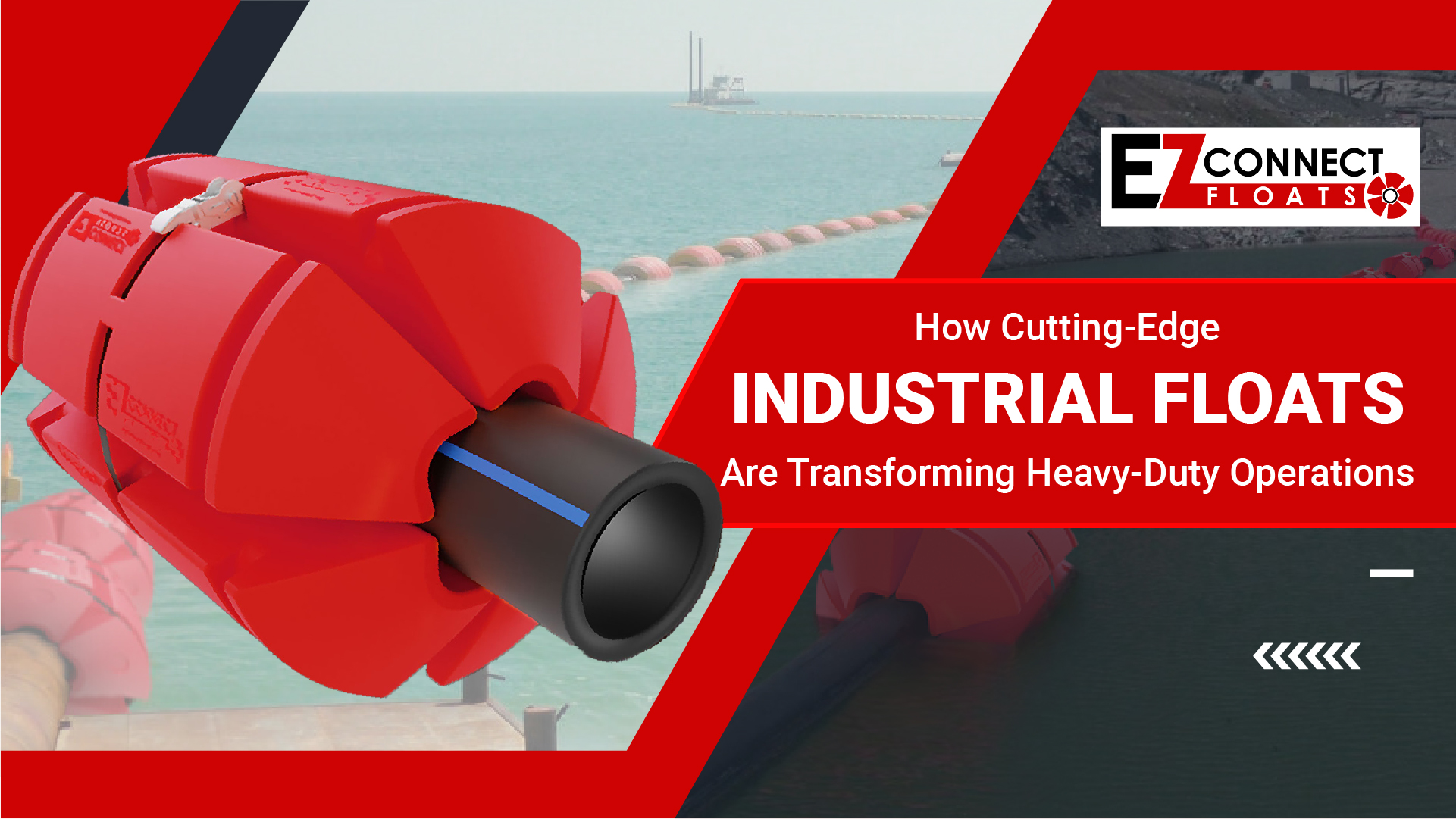
Durable Dredge Pipeline Floats for Harsh Environments
In industrial operations, efficiency and innovation are crucial. Recent advancements in technology have introduced cutting-edge industrial floats, revolutionizing heavy-duty tasks across various sectors. Innovations such as industrial pipeline floats, float pipes, and floating dredge pipes are enhancing productivity, safety, and sustainability. Modern industrial floats are engineered to endure extreme conditions, providing reliable support and stability. These advancements streamline processes in marine construction and other industries, reduce operational risks, and minimize environmental impact. As industrial floats continue to evolve, their role in advancing efficiency and promoting sustainable practices in diverse heavy-duty applications becomes increasingly significant.
The Rise of Industrial Floats
Industrial floats are specialized devices used to support and stabilize structures or equipment that interact with water or other liquids. Traditionally, floats were simple and designed primarily to keep equipment buoyant. However, modern floats have evolved significantly, incorporating advanced materials and engineering techniques to meet the rigorous demands of contemporary heavy-duty operations.
Key Innovations in Industrial Floats
- Enhanced Materials and Design
One of the most significant advancements in industrial floats is the development of high-performance materials. Modern floats are often made from advanced polymers and composites that offer superior strength, durability, and resistance to environmental factors such as UV radiation, chemical exposure, and extreme temperatures. These materials ensure that floats maintain their structural integrity and performance over extended periods, even in challenging conditions.
The design of the floats has also seen substantial improvements. Engineers now employ sophisticated computational models to optimize the shape and structure of floats, enhancing their stability and buoyancy. This precision in design not only improves operational efficiency but also reduces the risk of equipment failure and accidents. - Industrial Pipeline Floats
They are a prime example of how cutting-edge technology is transforming heavy-duty operations. These floats support and stabilize pipelines that are partially submerged in water or other fluids. Traditional methods of pipeline stabilization often involve cumbersome and less efficient solutions. However, with the advent of modern industrial pipeline floats, the process has become more streamlined and effective.
Modern pipeline floats are designed to withstand significant pressure and environmental stressors. They are engineered to support pipelines of varying sizes and weights, ensuring that the infrastructure remains stable and aligned. This stability is crucial for preventing leaks and ensuring the smooth transport of fluids, which is essential in industries such as oil and gas, water treatment, and chemical processing. - Float Pipes
Float pipes are another innovative application of industrial float technology. These pipes are equipped with built-in flotation devices that allow them to remain buoyant on the surface of the water. They are commonly used in applications where traditional pipeline support systems would be impractical or too costly.
The use of float pipes offers several advantages. They can be easily deployed in various water environments, including rivers, lakes, and coastal areas. Additionally, they simplify the logistics of pipeline installation and maintenance, as they can be maneuvered and positioned more easily than rigid support systems. This flexibility not only reduces operational costs but also improves overall efficiency. - Floating Dredge Pipes
Floating dredge pipes represent a significant advancement in dredging operations. Dredging involves the removal of sediment and debris from the bottom of bodies of water to maintain navigable waterways or extract valuable resources. They are designed to facilitate this process by providing a stable and efficient means of transporting dredged material.
The innovation in floating dredge pipes lies in their ability to remain buoyant while supporting the weight of the dredged material and equipment. These pipes are equipped with specialized flotation devices and reinforced structures that ensure they can handle the dynamic conditions of dredging operations. This capability enhances the efficiency of dredging processes, reduces downtime, and minimizes the environmental impact of sediment removal.
The Benefits of Cutting-Edge Industrial Floats
The adoption of cutting-edge industrial floats brings numerous benefits to heavy-duty operations:
- Improved Efficiency
By providing enhanced stability and support, modern floats streamline various processes, from pipeline installation to dredging. This increased efficiency leads to faster project completion times and reduced operational costs. - Enhanced Safety
Advanced floats reduce the risk of equipment failure and accidents by ensuring stable and reliable support. This is particularly important in hazardous environments where safety is a top priority. - Greater Environmental Sustainability
Many modern floats are designed with sustainability in mind. The use of durable materials reduces the need for frequent replacements, while efficient float designs minimize the environmental impact of industrial activities. Additionally, they, are designed to reduce sediment disturbance, contributing to healthier aquatic ecosystems. - Increased Versatility
Cutting-edge floats are versatile and adaptable to a wide range of applications. Whether it’s stabilizing pipelines, supporting dredging operations, or enhancing other heavy-duty processes, these floats offer solutions that can be tailored to specific needs and environments.
Future Trends and Developments
The field of industrial floats continues to evolve, with ongoing research and development driving innovations. Future trends include the integration of smart technologies, such as sensors and monitoring systems that provide real-time data on float performance and environmental conditions. These advancements could further enhance the efficiency and safety of industrial operations.
Additionally, there is a growing emphasis on sustainability, with a focus on developing eco-friendly materials and designs that reduce environmental impact. As industries increasingly prioritize ecological responsibility, the demand for advanced, sustainable floats is likely to grow.
Conclusion
Cutting-edge industrial floats are transforming heavy-duty operations by providing enhanced stability, efficiency, and safety. Innovations in materials, design, and application—such as industrial pipeline floats, float pipes, and floating dredge pipes—are driving significant improvements across various sectors. As technology continues to advance, these floats will play an even more crucial role in shaping the future of heavy-duty operations, offering solutions that are both effective and environmentally sustainable.
Have Questions?
Get in touch with us now!
Related Blogs
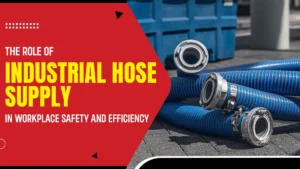
The Role of Industrial Hose Supply in Workplace Safety and Efficiency
In high-stakes industries such as oil and gas, mining, manufacturing, dredging, and defense, industrial hoses serve as vital connectors in daily operations. Whether transferring hazardous
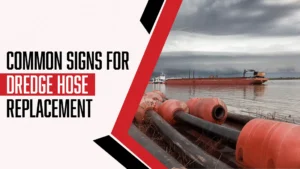
Common Signs For Dredge Hose Replacement
Dredge hose is an essential component in mining, oil and gas, and heavy industries, where it is used to transport materials such as sediment, slurry,
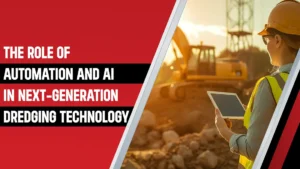
The Role of Automation and AI in Next-Generation Dredging Technology
Dredging technology has undergone a quiet but powerful transformation over the past decade. A purely mechanical process, which included heavy machinery, manual supervision, and reactive

